Indian Railway fan-photographers capture the drama of the trains that run the country
They have been thrown out of rail yards, have scaled tunnels and walked miles for documenting the history of Indian Railways.
Updated: July 3, 2016 15:47 IST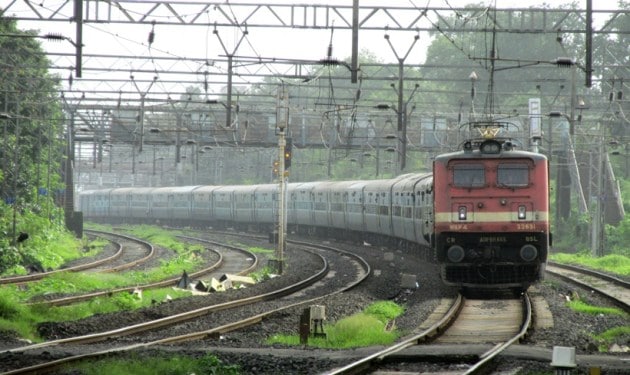 1 / 14
1 / 14The Indian Railways Fan Club Association (IRFCA) — the brainchild of Mani Vijay — was formed to create a space for fans of the Indian Railway to exchange ideas and information. What started in 1989 — with nine members exchanging emails — has now grown to include 9,000 fans and enthusiasts from across the country. Among the fans are a smaller group of fan-photographers — men who scale tunnels, walk for miles and sometimes even risking their lives for the perfect shot. The results are a stunning collection of photographs that chronicles the life and times of the Indian Railways and are creating a document for history. (Text: Radhika Singh; Photo: Sabde)
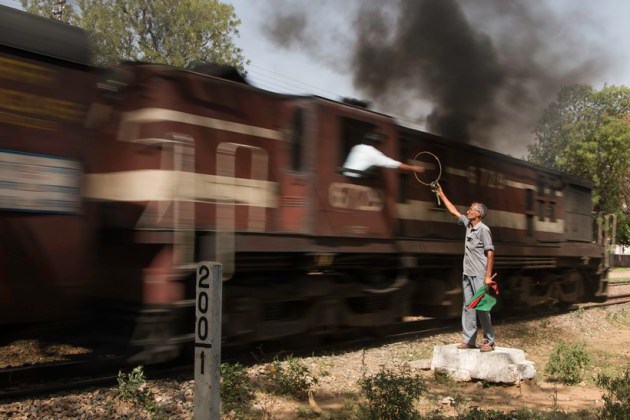 2 / 14
2 / 14There are a couple of things to keep in mind should you wish to photograph a train. First, that it's illegal. At any station, shunting yard, or loco shed, attempt to take a photo and you're likely to face a lecture or possible jail time. So, if you're in any of these locations, keep your eyes peeled and your feet ready for a swift escape. (Photo: Shashanka Nanda)
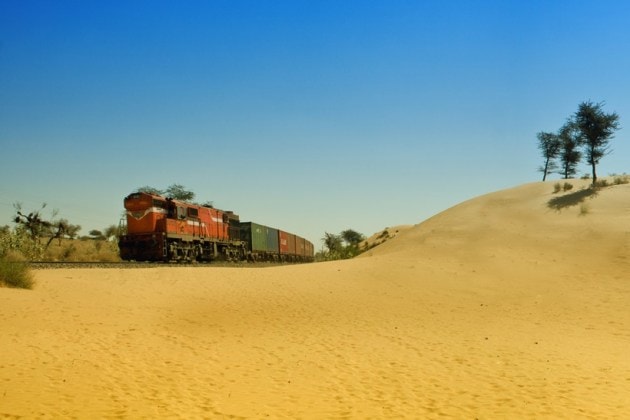 3 / 14
3 / 14Rule number two, wear sturdy shoes. If you're intelligent, you will use a phone camera. It's easier to pocket quickly and, anyway, an upheld phone can be justified with a range of fairly unimaginative explanations. But the key to success according to S Shanker — a photographer based out of Dubai — is to avoid the Railway Police Force (RPF) constables like the plague. “RPF constables are the photographer's worst enemy,” Shanker writes on his website, dedicated to train photography. “They are tired, overworked souls and, therefore, very bitter individuals and difficult to deal with… Remember that no railfan ever won an argument with an RPF cop,” he warns. (Photo: Shashanka Nanda)
 4 / 14
4 / 14Shanker has been questioned countless times by the khaki-clad officials and has even been thrown off railway premises. But nothing compares to the time – this happened twice – he was accused of attempting suicide while taking especially daring photographs. Although he's heard of some legendary characters in the IRFCA that managed to befriend an RPF cop, he hasn't met with success since 1981. (Photo: Apurva Bahadur)
 5 / 14
5 / 14Shanker belongs to a network of railfans passionate about photographing the Indian Railways. Shashanka Nanda, 37, who works in a Public Relations firm in Delhi, is another one of them. Over the last few years, Nanda has been chasing the fast-disappearing metre gauge and narrow gauge trains in Rajasthan, hoping to photograph them before they are lost to history.
 6 / 14
6 / 14For Nanda, beautiful or thought-provoking photographs draw the interest of people who wouldn't normally care about trains, even though they are a part of our landscape and culture. “In a country like India, trains seamlessly blend into our fabric,” he says. He especially enjoys portraying the interaction between railways and people's lives in rural and semi-rural areas. “In the countryside, trains are a lifeline for so many people. Ultimately trains are for people — if you remove the people, trains lose their purpose or reason for being.” (Photo: Apurva Bahadur)
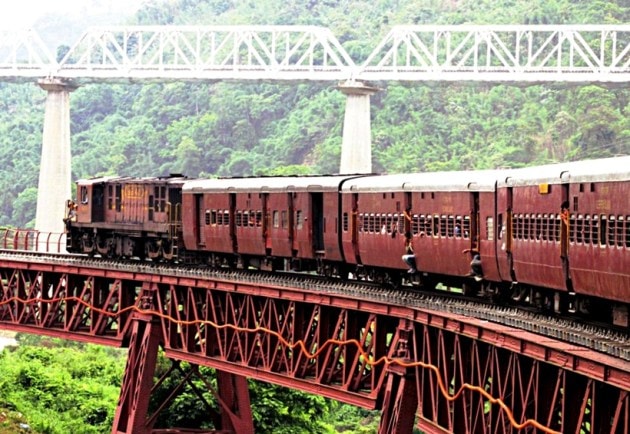 7 / 14
7 / 14One of his photographs was taken in the misty Kachhwa Road station — a tiny outpost in Mirzapur, Uttar Pradesh. The station consists of just two platforms, both of which are uncovered. One train is already stationed, but another is fast approaching. Stragglers run across the tracks to the platform and the waiting crowd — bathed in the grey light of an overcast sky — have turned as one towards the incoming train. Like most railway photography, it captures both stillness and motion — the march of people and trains and goods that defines the essence of railways.
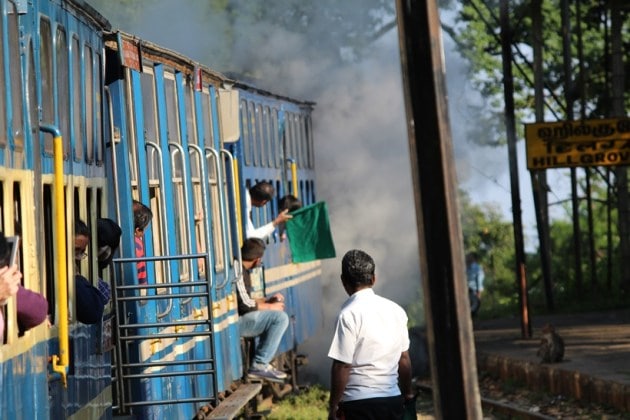 8 / 14
8 / 14For Aakash Karnani, 21, an engineering student in Mumbai, photography is about capturing memorable moments. “While photographing trains, you often won't be able to visit the same scene again. For instance, I have a series of photographs from when a train broke down in Lonavala. I managed to capture people's distress and later, relief, when the replacement train came. Ten years later I will remember that moment, and even better, I can share it.” (In picture: Hillgrove Station — part of the Nilgiri Mountain Railway in Tamil Nadu — is a part of the "Mountain Railways of India" UNESCO World Heritage Site. Photo: Aakash Karnani)
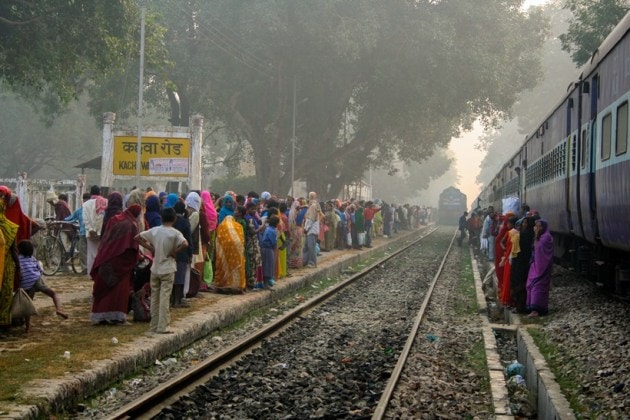 9 / 14
9 / 14On the morning of Kartik Purnima (an auspicious day for Hindus), hundreds of pilgrims line up expectantly as a local passenger pulls into Kachhwa Road station. The pilgrims are headed towards Allahabad to take a dip in the holy Ganga on this festival. The train waiting for the crossing is the Lichhavi Express. (Photo: Shashanka Nanda)
 10 / 14
10 / 14An Akola bound train has looped around and makes a dramatic entry on to the Spiral Bridge. (Photo: Shashanka Nanda)
 11 / 14
11 / 1451436 passengers on viaduct 1 at Shindawane ghat. (Photo: Apurva Bahadur)
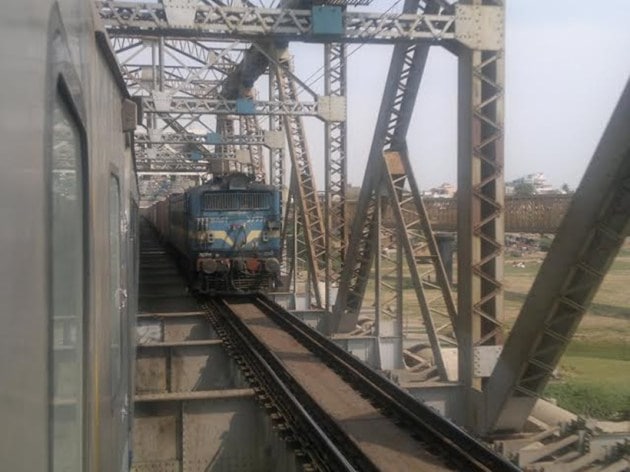 12 / 14
12 / 14Mighty WAG7 rumbling through the massive Narmada River Bridge. (Photo: Vijay Aramavudhan)
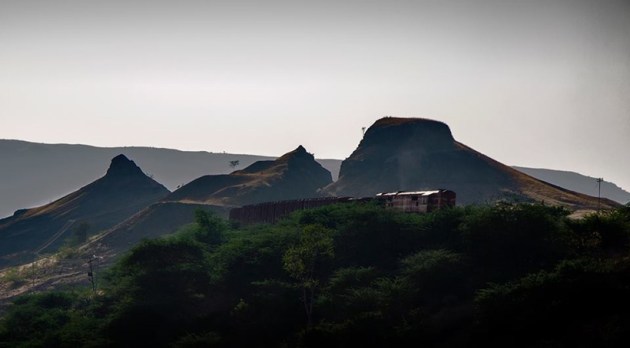 13 / 14
13 / 14A WDG3A pushes a southbound BCN through the graded twisties to thread through the iconic 'Kati Pahadi' at this monumentally beautiful section. (Photo: Apurva Bahadur)
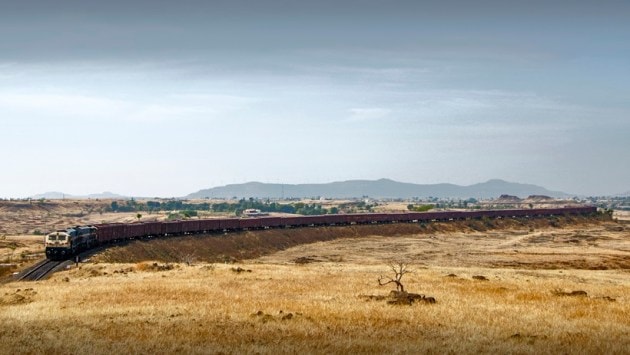 14 / 14
14 / 14A north-bound BCN transits from the Wathar plateau into the twisty semi-ghat section ahead, near Adarki. (Photo: Apurva Bahadur)











